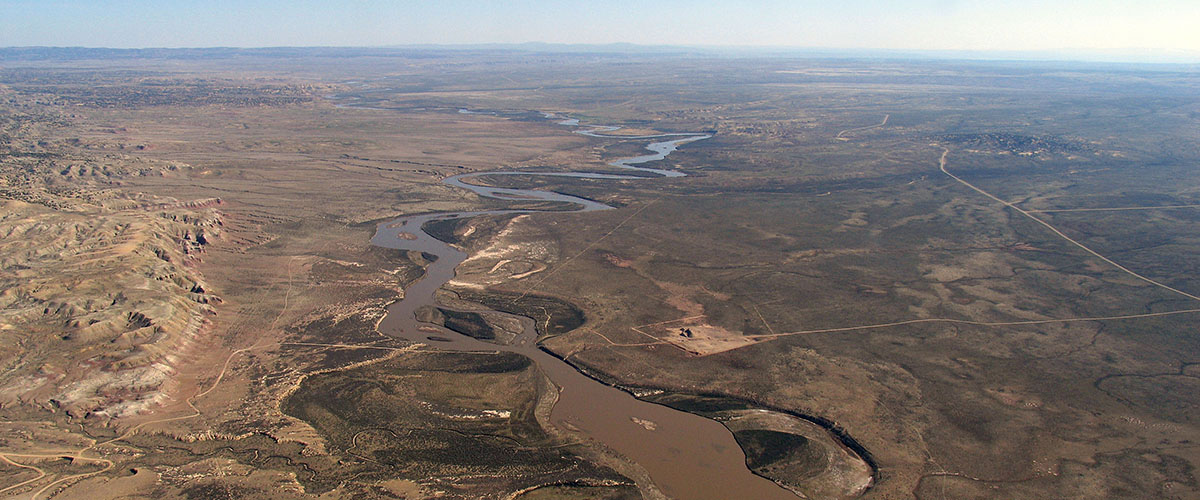Some good news to report! Oil and gas operator Greater Rocky Mountain Resources has abandoned plans to drill more than a dozen wells in some of the most important and sensitive wildlife habitat in the state.
In March, investment firm-backed GRMR (based in Colorado) notified the Bureau of Land Management Rawlins Field Office it would “release” federal permits to drill the wells — which could have set the stage for major industrial development spanning 136.5 square miles in the Little Snake River Valley near Baggs. The development would have taken place inside mule deer crucial winter range, migration corridors, and priority (“core”) habitat for Greater sage-grouse. The area is also home to the largest population of Columbian sharp-tailed grouse anywhere in the Rockies.
The picturesque Little Snake River Valley is treasured hunting grounds, and home to sheep, cattle, and irrigated agriculture operations. As the conservation
In places where oil and gas development is appropriate the Wyoming Outdoor Council works hard to see it “done right” by advocating that operators mitigate impacts to air, water, and wildlife. But in other places, mitigation is not sufficient.
“This is a great example of an area that should never have been leased in the first place,” Senior Conservation Advocate Dan Heilig said. “These are rare habitats, and there’s simply no way to accommodate an industrial development here without sacrificing native wildlife, open spaces, clean air and water, and tranquility in the Little Snake River Valley.”
The Wyoming Outdoor Council worked with local ranchers and partner organizations to advocate more effective stipulations to protect vital mule deer and sage-grouse habitat. We reviewed BLM’s analysis and permitting, and asked for revisions to correct deficiencies in the federal plans. WOC, along with Little Snake River Valley locals, The Nature Conservancy, National Audubon Society, Theodore Roosevelt Conservation Partnership, and the Wyoming Game and Fish Department advocated better analysis of cumulative impacts of the overall development.
“It was evident that GRMR and the BLM hadn’t done their homework,” Heilig said. “Thanks to the dedication of local ranchers and advocacy among many partners, the operator decided to abandon the project — a huge win for some of Wyoming’s most precious wildlife habitat that simply can’t be replaced.”
[/et_pb_text][/et_pb_column][/et_pb_row][/et_pb_section]

